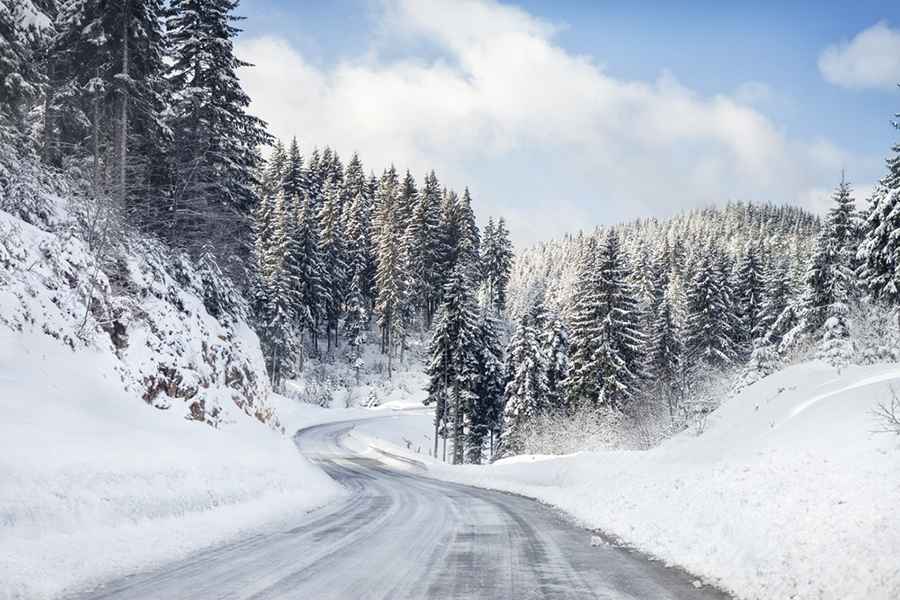The Game-Changer for Winter Driving: Self-Salting Roads
Have you ever been driving on a snowy or icy road and felt like you were skating on thin ice? Winter driving can be treacherous, and even the most experienced drivers can be caught off guard by slippery conditions. But what if there was a way to make winter driving safer? What if roads could salt themselves?

What’s Behind the Idea?
It might sound like something out of a science fiction movie, but self-salting roads are actually a real possibility. The concept itself involves embedding salt into the surface of the road so that it can release the salt when temperatures drop below a certain threshold. The salt would then melt the ice and snow making the road safer for drivers.
What are The Benefits?
One of the most significant benefits of self-salting roads is that they could reduce accidents and fatalities caused by winter driving. The Federal Highway Administration actually found that there are an average of 1,300 deaths and 116,800 injuries each year as a result of crashes on snowy, slushy or icy pavement. These “new” roads could potentially reduce those numbers by making the roads safer to drive on.
Self-salting roads could also save money in the long run. The cost of de-icing roads is significant with some estimates suggesting that it can cost up to $2 million per lane mile. Self-salting roads would reduce the need for salt trucks and other de-icing equipment, potentially saving municipalities and states millions and millions of dollars per year.
The Challenges of Self-Salting Roads
While the idea of self-salting roads is promising, there are still some challenges that need to be overcome when it comes to execution. One of the biggest challenges is finding a way to embed the salt into the road surface effectively. Researchers are still working on developing materials, technology and techniques that will allow the salt to be evenly distributed throughout the road. Another challenge is determining the optimal concentration of salt. In other words, too much salt can be harmful to the environment and can damage vehicles and infrastructure. But with too little salt the road may not be safe.
What is the Future of Self-Salting Roads?
Despite the challenges, researchers are optimistic about the potential of self-salting roads. A University of Nebraska-Lincoln study found that self-salting concrete could be effective at reducing ice formation and melting snow. The researchers are now hoping to develop a method to scale up the technology which then can be used on a larger scale.
Accidents Might still Happen
While self-salting roads could considerably reduce accidents and injuries caused by winter driving, we can’t rule them out completely. If you or a loved one is ever involved in a winter driving accident, it's essential to have an experienced personal injury lawyer on your side because a personal injury lawyer can help you navigate the legal process and ensure that you receive the compensation you deserve.
Self-salting roads may seem like something out of a sci-fi movie but believe it or not, they could become a reality sooner than expected. With the potential to reduce accidents, injuries and costs, self-salting roads are an exciting development in winter driving safety. But bear in mind, accidents can still happen, so stay alert on the road.
Image credit: Depositphotos